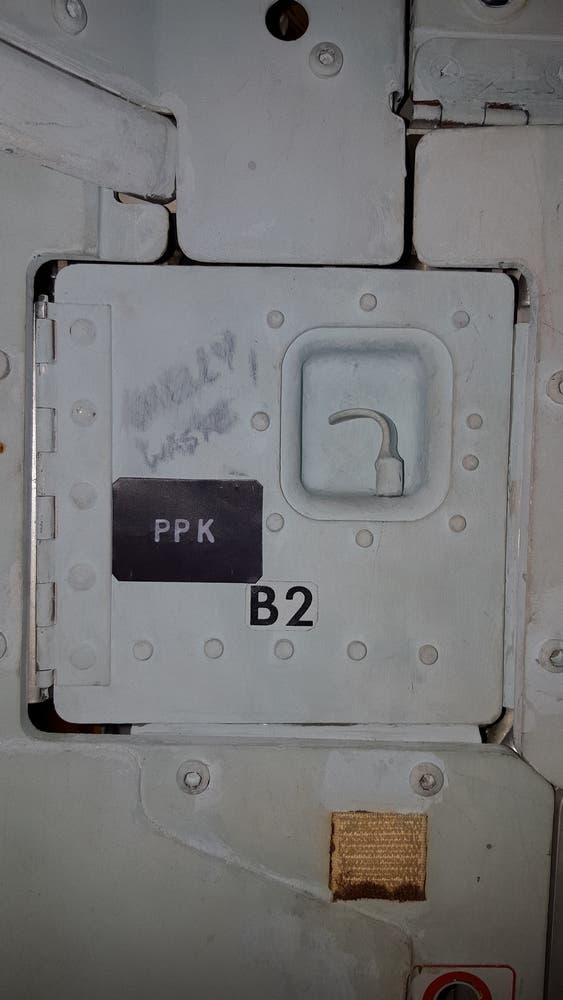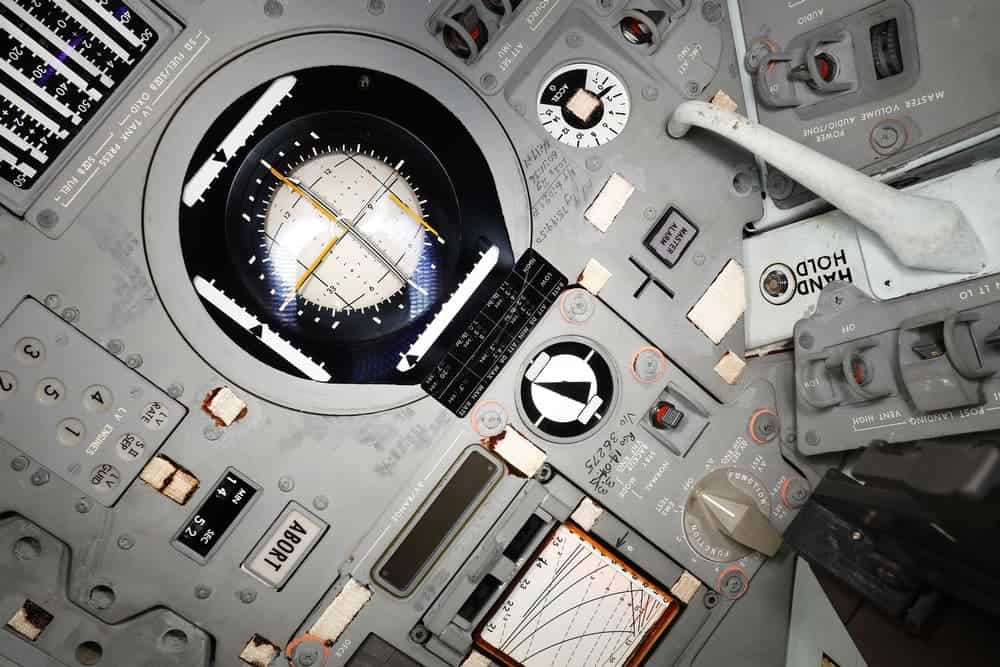
The main control panel of the spacecraft contains essential switches and indicators that had to be referred to and operated during the most crucial aspects of the flight. Numbers and references written by hand onto the panel can be checked against the audio and written transcripts from the mission to provide a more vivid picture of just what transpired. Image: Smithsonian Institution
While 3-D scanning the Columbia command module used by the Apollo 11 astronauts to splash down back on Earth, researchers found some amazing artifacts: graffiti markings. These haven’t been seen for almost 50 years and include notes, figures and calendars written by the astronauts during the first ever manned flight to the moon. The scanning project is a joint venture between the National Air and Space Museum and the Smithsonian’s 3D Digitization Program.
“As curator of what is arguably one of the most iconic artifacts in the entire Smithsonian collection, it’s thrilling to know that we can still learn new things about Columbia,” said Allan Needell, curator of space history at the museum. “This isn’t just a piece of machinery, it’s a living artifact.”
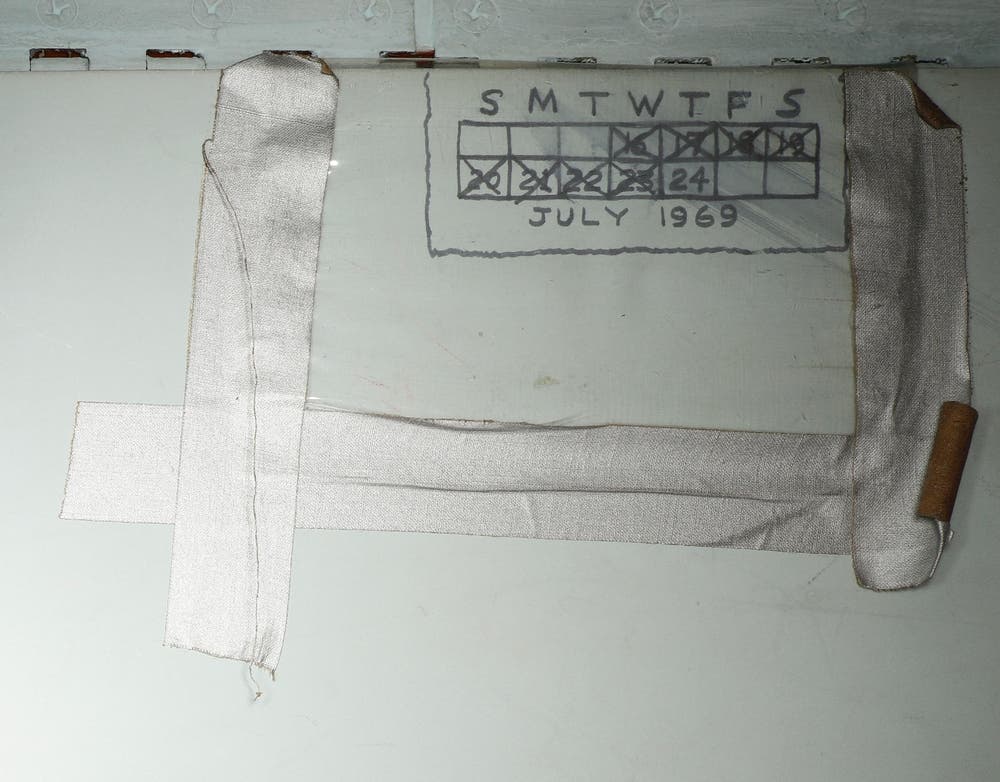
A tiny calendar marking the days of the missions, each marked off with an “X” except for the very last day! The calendar is covered with a plastic sheet held by tape. Image: Smithsonian Institution
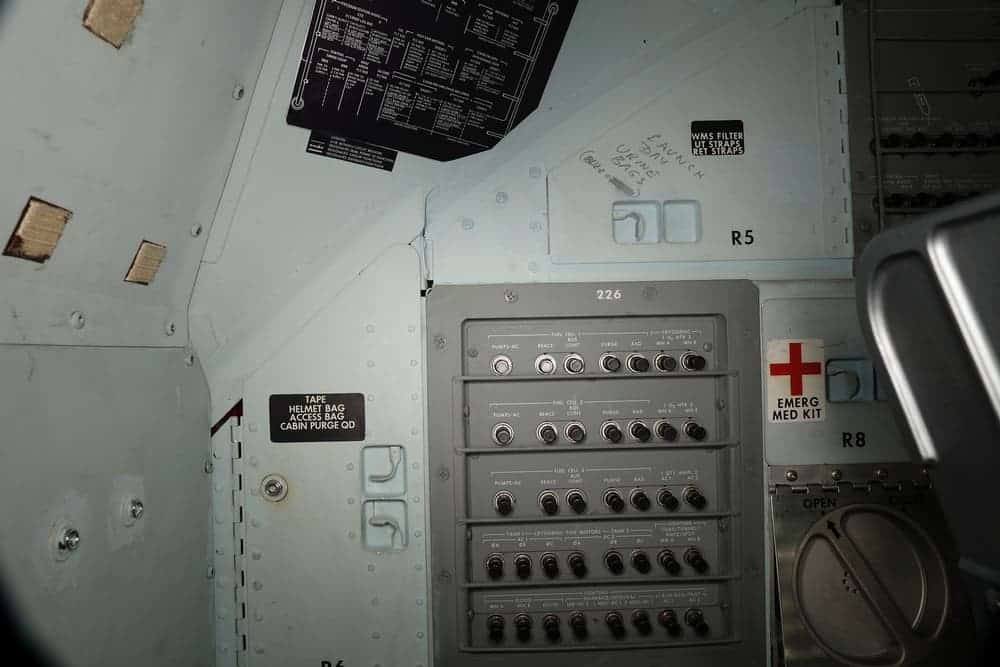
“Launch day” and “Urine bags”. Might seem weird, but it’s called improvisation at the end of the day. Before the waste management system kicked in, the astronauts had to store the urine somewhere, so they choose that locker and labeled it to prevent, uhm, accidental contamination. Image: Smithsonian Institution
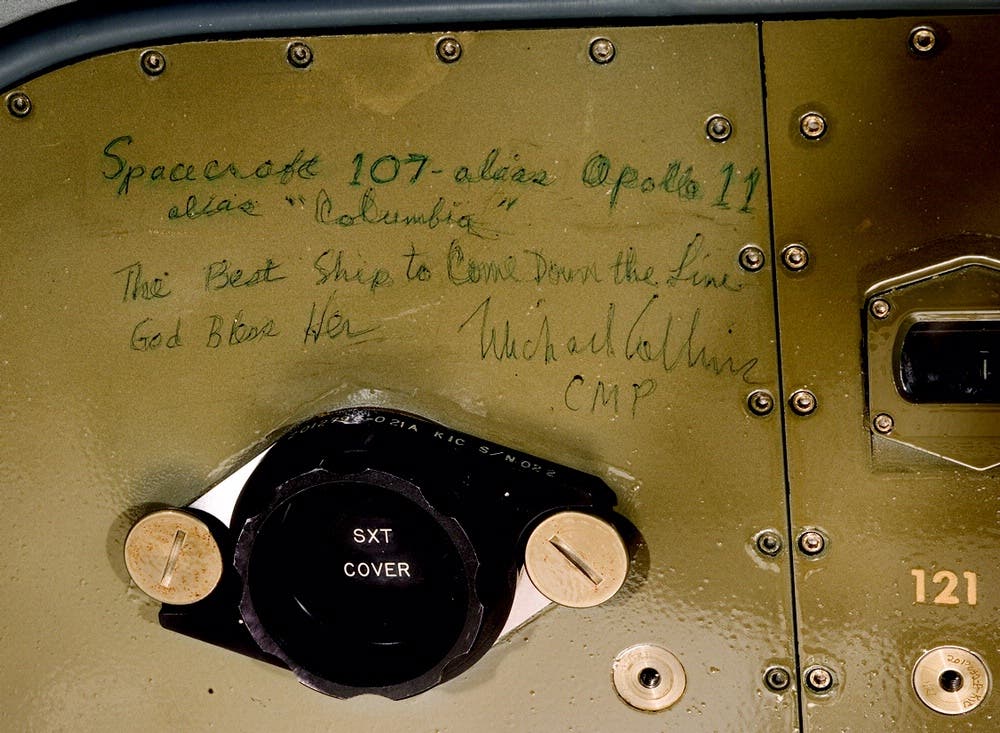
Following splashdown,while en route to Hawaii on the USS Hornet, Michael Collins crawled back into the command module (it was connected to the mobile quarantine facility by an air-tight tunnel) and wrote this short note on one of the equipment bay panels. The inscription reads: “Spacecraft 107, alias Apollo 11, alias “Columbia.” The Best Ship to Come Down the Line. God Bless Her. Michael Collins, CMP”
The two museums had to overcome many challenges to ultimately 3-D scan the whole command module. Thanks to their efforts we now have a high-resolution interactive model of the entire spacecraft which will soon be released to the public. The model will be available in June on 3d.si.edu and used to produce an interactive display in the museum’s exhibition “Destination Moon,” scheduled to open in 2020.
